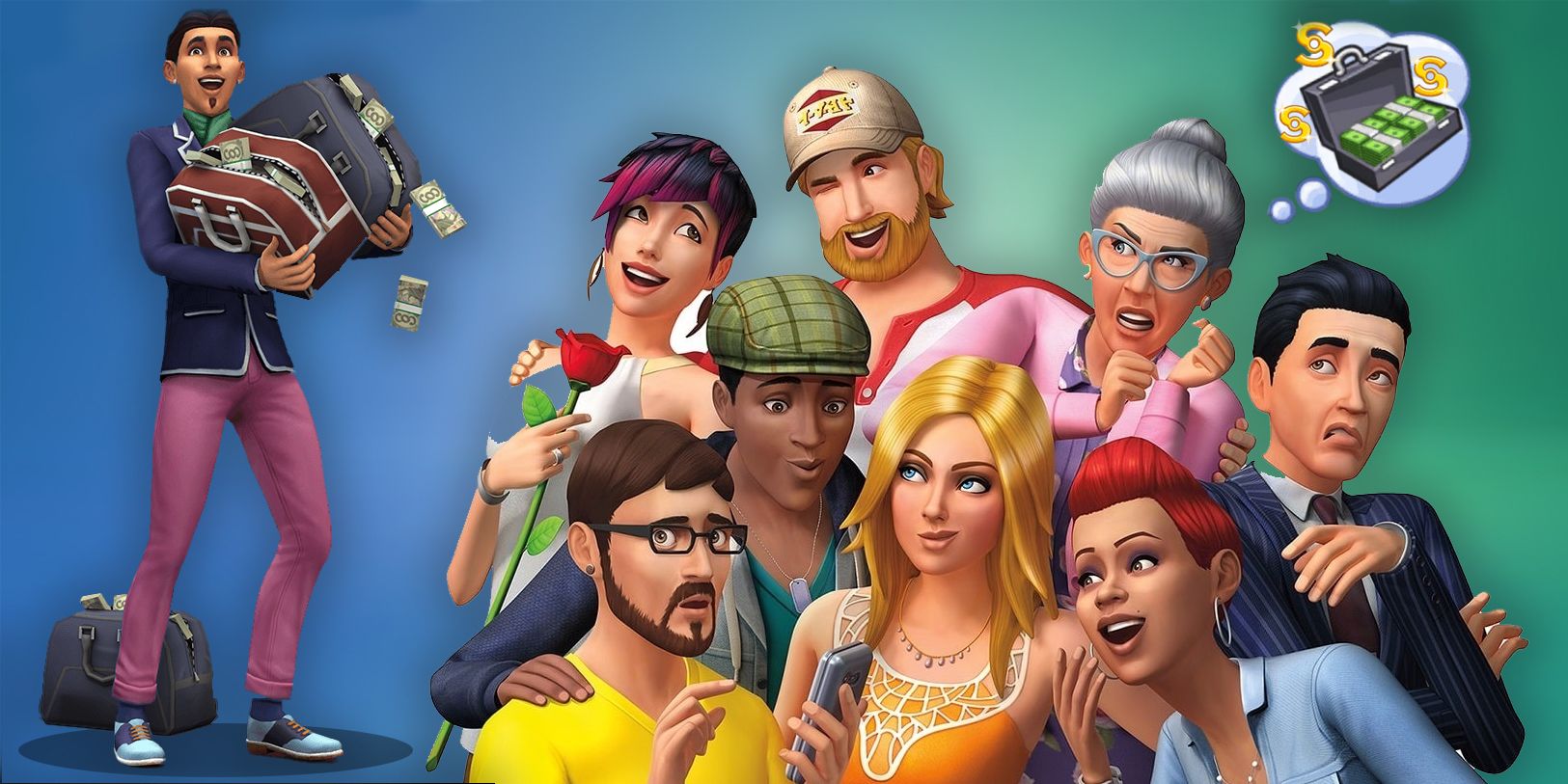What Is Business-to-Consumer (B2C)?
Business-to-consumer (B2C) sales represent a dynamic and essential model in the commercial landscape, where businesses sell products and services directly to end-users. This model stands in contrast to business-to-business (B2B) transactions, which involve sales between companies. The B2C model gained significant traction during the dot-com boom of the late 1990s, primarily through online retailers like Amazon and Priceline. As a digital sales model, B2C encompasses various strategies tailored to meet consumer needs, making it crucial for businesses aiming to thrive in today’s competitive market.
Key Takeaways
Definition: B2C refers to the sales model where companies sell directly to consumers, gaining popularity during the dot-com boom.
Evolution: B2C has transitioned from traditional retail to include e-commerce giants, often bypassing traditional retail intermediaries.
Models: Five main B2C models have emerged: direct sellers, online intermediaries, advertising-based, community-based, and fee-based businesses.
Mobile Commerce: The rise of mobile apps has become a significant growth area for B2C companies, enhancing consumer engagement and streamlining purchases.
Emotional Marketing: Unlike B2B, B2C transactions often focus on appealing directly to consumers, utilizing emotional marketing strategies.
Exploring the Evolution of Business-to-Consumer (B2C) Models
The concept of B2C is not new; it was first articulated by Michael Aldrich in 1979, who utilized television as a medium to connect with consumers. Initially, B2C encompassed traditional shopping experiences like mall visits, dining out, and infomercials. However, the advent of the internet revolutionized this model, giving rise to e-commerce—selling goods and services online.
While many B2C companies faced challenges during the dot-com bust, with reduced investor interest leading to numerous failures, a few, like Amazon and Priceline, not only survived but thrived. These companies adapted to the changing landscape, emphasizing the importance of maintaining strong customer relationships to encourage repeat business.
B2C Storefronts Compared to Online Retail Giants
Traditionally, manufacturers sold their products to retailers, who then marked up prices for consumers. The internet disrupted this model, allowing businesses to sell directly to consumers, thereby cutting out the middleman and often lowering prices. The dot-com era saw many retailers close their doors, but online B2C companies emerged as formidable competitors. Today, giants like Amazon, Priceline, and eBay continue to outperform their brick-and-mortar counterparts.
Fast Fact
Online B2C can be categorized into five distinct types: direct sellers, online intermediaries, advertising-based B2C, community-based, and fee-based models.
Navigating B2C in the Digital Era
In the digital age, B2C companies employ five primary business models to connect with consumers:
Direct Sellers: This model involves consumers purchasing goods directly from online retailers, including manufacturers and department stores.
Online Intermediaries: These platforms act as liaisons, connecting buyers and sellers without owning the products themselves. Examples include Expedia and Etsy.
Advertising-Based B2C: This model relies on free content to attract visitors, who are then exposed to advertisements. High-traffic sites like HuffPost exemplify this approach.
Community-Based: Platforms like Meta (formerly Facebook) create online communities, allowing marketers to target ads based on user demographics and interests.
Fee-Based: Direct-to-consumer sites, such as Netflix, charge fees for access to content, often providing limited free content alongside paid options.
The Shift to Mobile in the B2C Market
As technology evolves, B2C companies are increasingly focusing on mobile purchasing. With the rise of smartphones and mobile apps, businesses are adapting to meet the demands of mobile users. The early 2010s saw a rush to develop mobile applications, mirroring the earlier push for web presence. Success in the B2C model now hinges on continuously evolving with consumer preferences and technological advancements.
Important Note
Sales cycles in the B2B model are generally longer than those in B2C, due to the nature of the purchases and the relationships involved.
B2C vs. B2B
The B2C model differs significantly from B2B. While B2C focuses on selling products for personal use, B2B transactions involve companies purchasing goods for operational needs. B2B purchases often require approval from multiple stakeholders, making the buying process more complex. Additionally, pricing structures differ; B2C prices are typically fixed, whereas B2B transactions often involve negotiation.
Frequently Asked Questions
What Is Business-to-Consumer and How Does It Differ From Business-to-Business?
B2C refers to companies that sell directly to consumers, contrasting with B2B, where companies sell to other businesses. Examples of B2C companies include Amazon and Walmart.
What Is an Example of a Business-to-Consumer Company?
Shopify is a prominent B2C company today, providing a platform for small retailers to reach a broader audience online. Historically, B2C also included take-out restaurants and mall retailers.
What Are the 5 Types of Business-to-Consumer Models?
B2C models typically fall into five categories: direct sellers, online intermediaries, advertising-based B2C, community-based, and fee-based models.
The Bottom Line
The B2C model is a vital component of the modern economy, allowing companies to sell directly to consumers without intermediaries. Initially reliant on television advertising, B2C gained prominence with the rise of the internet. Understanding the nuances of B2C is essential for businesses aiming to succeed in a rapidly evolving marketplace.
:max_bytes(150000):strip_icc()/btoc.asp-final-37a45954e5a846b8b1db4ac6a5e688e9.jpg?ssl=1)

















